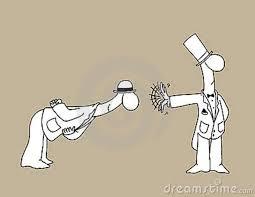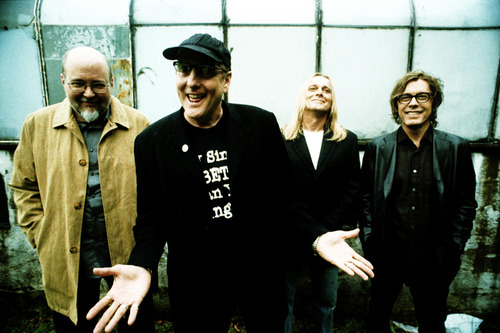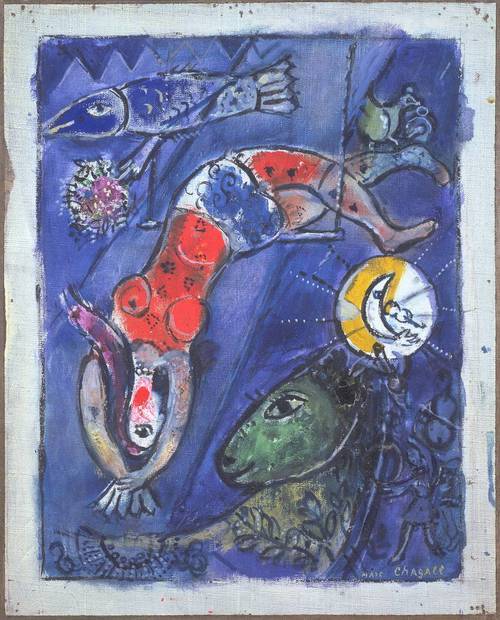
We’re talking about competitive impro – see Part 1 here. We left off with a nice account of how Theatresports, with its ‘contest’ of team versus team, is well positioned to create heat and energy in the audience
Obviously, not all competitive shows need to be the same. You might decide to play with an energy and vibe different from wrestling/sports, or even deconstruct it in some way. And I should note that Theatresports is carefully designed to produce its atmosphere, through Judges-as-bad-cops, scoring often taken out of the hands of the audience, the ‘Horn for Boring’, the basket. The Maestro format certainly has less ‘heat’, on the whole – although if you have a couple of mischievous players, like Daniel Arantia and Shawn Kinley, then all bets are off. But the core point remains: competition isn’t, really.
In actual fact, sometimes for the good of the show you need to take a risk that may provide you with a lower score, like doing a differently-paced scene to avoid pushing the audience to the limits of what they can take, or even just doing something crazy experimental with a strong likelihood of ‘not working’ to show the audience early on that the show can take any twists and turns, and we’re ok with that – and ok with their honesty on what did or didn’t work.
I remember a Theatresports final way back when – this is second-hand reporting; I couldn’t make the final (anyway we got kicked out in the first round, which is a typical Theatresports for me. Maestros treat me well, though). Somehow, an audience member managed to get entered onto the scoreboard as if they were a team, awarded points each round, and ended up winning the show. Apparently the front-runners were incredibly gracious in awarding them the trophy, but in the days that followed there was some wondering (perhaps not from the group but from friends or fans) whether this prevented them from claiming the bona fide champion title, for their press/flyers etc. It’s an understandable instinct that is also symptomatic of how easy it is for real-competition to creep into play-competition.
Similarly, I remember operating lights in another show and bringing a blackout three seconds into a scene because the very first line was a clear, funny button. (I would have been too chicken to do this on my own; the director correctly waved me down.) Again, I got the sense of a little dissatisfaction from the players: the scene got a good but not great score, I guess because the audience felt they hadn’t earned max points, and the team were very strong, so may have felt that possibility was stomped on.
And in terms of fair competition? Absolutely, they were (possibly) robbed of a point (or we saved them from mediocrity, who can really say).
But in terms of the show? The show needed a short scene, some contrast, a surprise. If the show is constrained by ‘fairness’ and due process of the competition, this puts those impulses in tension. It allows recrimination. Forget an early blackout, what about when a player from another team comes into your scene with a call-back, some meta-commentary, or even just to be mischievous and steal your chair while you aren’t looking? How can we as a collective ensemble – all the players in the show – be free to take risks when it might be perceived as sabotage or bad sportsmanship?
In addition, when we stress, we fail. The best shows are the ones where we feel the most effortless, where we feel even-handed towards whether we are doing it ‘right’ or not. When you pile on the pressure onto yourself, when you feel more judged by others, or less safe, you are very likely to do worse work on stage. J and I were asked to fill a gap in the last 5-aside, but were simply too knackered to feel we could put in a showing. For the hour or so we toyed with it, we decided we would have to set our own criteria for success: most pretentious group; fewest words spoken, most scenery in other people’s scenes. Anything but ‘winning’ or god forbid, ‘our best improv.’
It might seem like genuine competition has a function, to identify strong teams, but I think that’s a red herring. The strongest players should be making others look good, regardless of whose team they are on. And on any night, our function is to give the audience and other players a good time, and learn something along the way. That might mean doing a calmer scene/set than you might have done, because the group on before went wild and wacky, and you want to give the audience the gift of a moment to regroup, and the other group the gift of contrast, setting their piece apart rather than outdoing it. (And sometimes the opposite, attempting to outdo their crazy with ridiculous bravado and swagger – to the point of breaking down or looking ridiculous – might be the right decision for the night.)
We can’t be mischievous or risky unless we feel safe, and it’s difficult to feel safe when other people are in some way ‘against’ you. The best competitions I’ve seen have involved a great deal of mischief, but it does depend on that safety: if there are people on-stage who take the competition at face value rather than as a conceit, they may well resent it or even view it as gamesmanship.
Let’s sum up. I find competitive formats great because:
- they can generate heat
- they can allow more people on a single bill than would normally be practical, using elimination (eg Maestro)
- they give a clear shape to the show – people understand competition, eliminations, points-scoring et
- they encourage mischief and make it mean something, as the mischief can be punished and ‘justice’ done
- they give playful ways for different teams on a bill to interact – challenges, helping, sabotage
- they can provide authority figures with high status to look after the show and give freedom to players to act out – kids need the adults around to really be seen as such
- it’s a great way to tells a second story (another Tom Salinksy insight for me): the story of the performers as well as the stories within the scene. Grudges, gratitude, the whole shebang.
And the advice I try and give myself before a competitive show:
- Set yourself a fun goal
- Don’t attach too much meaning to the prize
- Form a one-off group to play with. Then you won’t subconsciously worry about winning or placing well.
- If the conditions make it safe to do so, be mischievous.
- Warm up together – regardless of whether you’re on different teams. Get together, you are the cast of one show.
- Try to make other teams look good.
The next Impro 5-a-side is coming up on 23rd March.
The next London Maestro will be at the Camden People’s Theatre on Sunday 4 May – details to come at the Spontaneity Shop.


 Maxim Reality. Prodigy dude and a cool guy.
Maxim Reality. Prodigy dude and a cool guy. Fig1. – Cheap Trick.
Fig1. – Cheap Trick.